The combi edition of Boeing 757-200.
Engine type: Rolls-Royce RB211-535E4 & E4-B
Credit to @GalacticaAsia for his original B757-200RR[W]
About the History of Boeing 757-200
After a slow sales start, the medium range single aisle 757 has become yet another sales success story for Boeing. Boeing considered a number of proposals for a successor to the 727 tri-jet during the 1970s, with many of these designs featuring the nose and T-tail of the earlier jet. It was not until later in that decade however that Boeing settled on a more conventional design featuring the same cross section as the 727 (not to mention the 737, 707 and 720) but with the fuselage considerably longer in length, an all new wing, nose and flightdeck and fuel efficient high bypass turbofan engines. Boeing launched development of the 757 in March 1979 following orders from British Airways and Eastern. Developed in tandem with the larger widebody 767 the two types share a number of systems and technologies, including a common early generation EFIS flightdeck. First flight was on February 19 1982 and the 757 entered service in January the following year. Subsequent versions to appear are the 757-200PF Package Freighter, a pure freighter, and the 757-200M Combi (only one has been built). The standard passenger aircraft is designated the 757-200, there being no -100. The stretched 757-300 is described separately. Initial sales of the 757 were fairly slow, however orders picked up significantly in the mid to late 1980s as traffic on routes previously served by smaller 727s and 737s grew to require the 757's extra capacity. Today 757 sales comfortably exceed those of the 767, a position that was reversed until the late 1980s.
Have a nice flight!
Version 1.5
adds small window of hatch door and modifies unreasonable points of cargo warehouse.
Specifications
General Characteristics
- Predecessor B757-200RR[W]
- Successors 1 airplane(s) +7 bonus
- Created On Android
- Wingspan 124.8ft (38.1m)
- Length 155.0ft (47.2m)
- Height 45.1ft (13.8m)
- Empty Weight N/A
- Loaded Weight 64,322lbs (29,176kg)
Performance
- Power/Weight Ratio 1.347
- Horse Power/Weight Ratio 0.046
- Wing Loading 24.0lbs/ft2 (117.2kg/m2)
- Wing Area 2,679.5ft2 (248.9m2)
- Drag Points 12073
Parts
- Number of Parts 467
- Control Surfaces 9
- Performance Cost 3,015

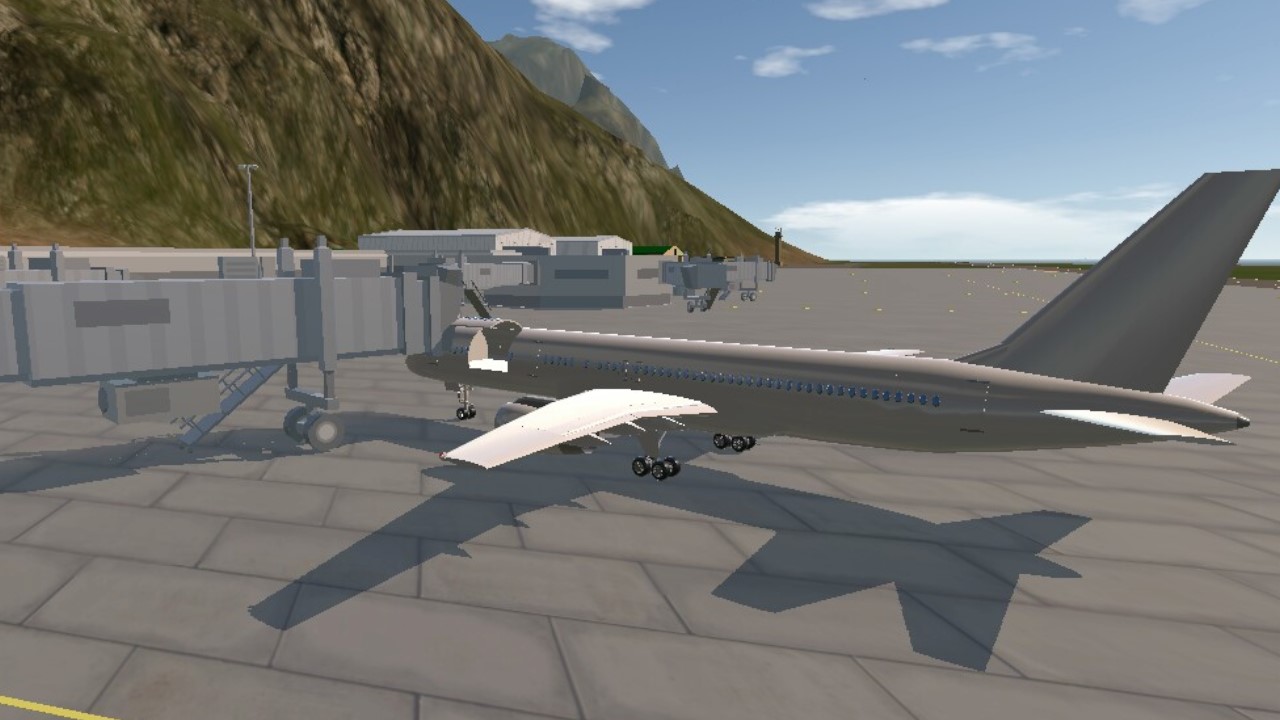
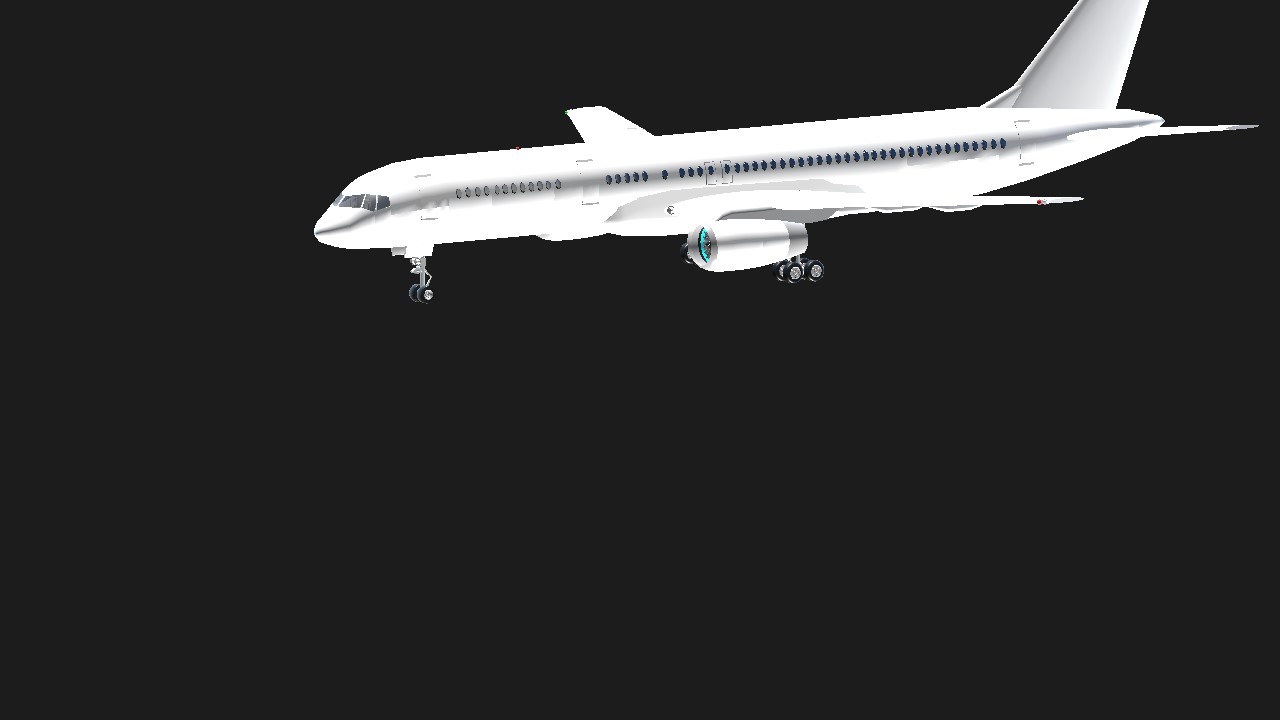

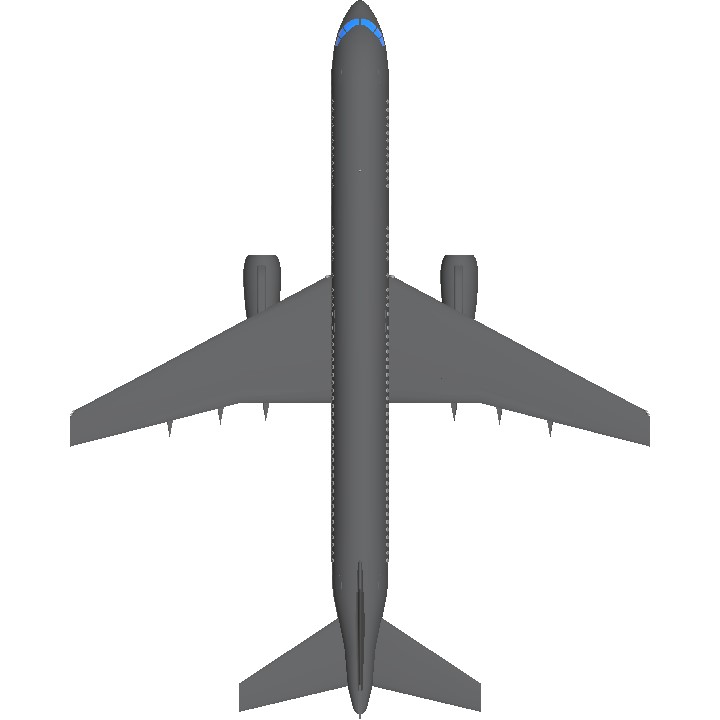
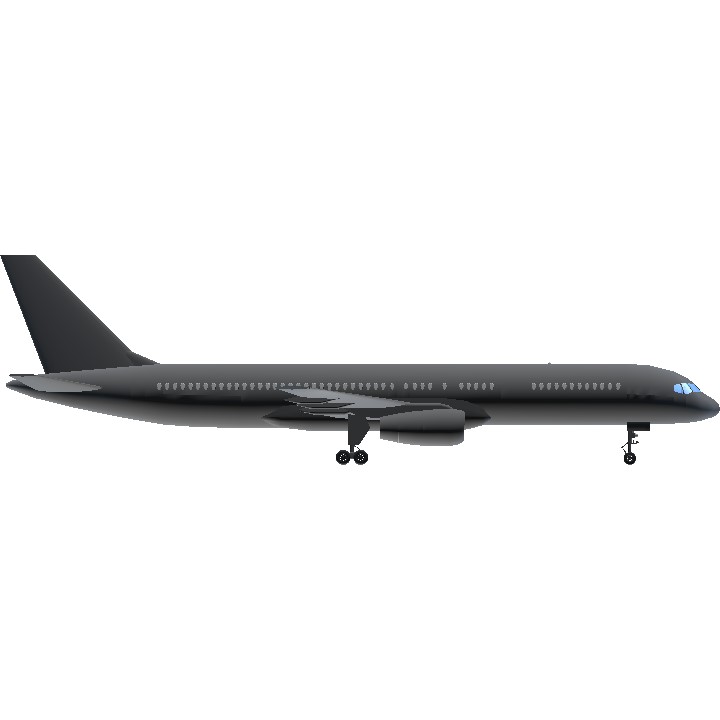
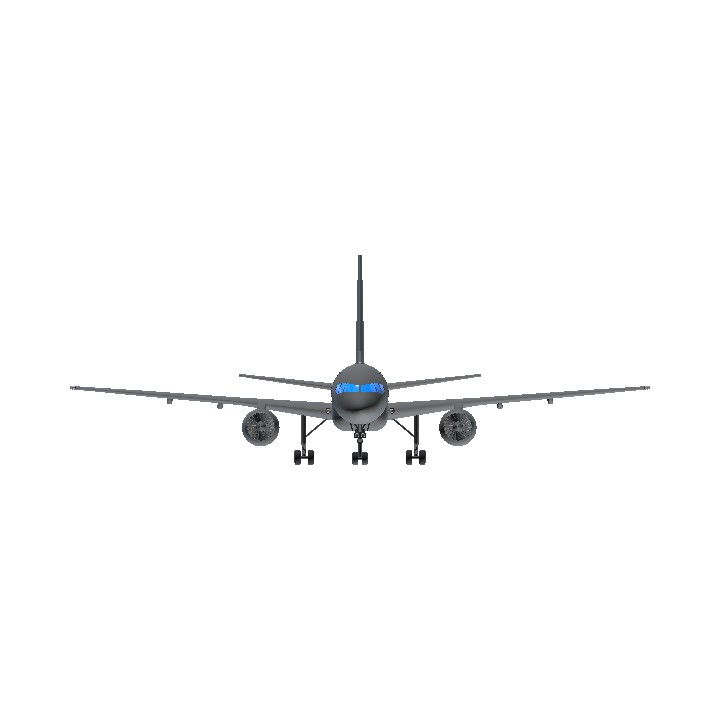
757-200M was used by Nepal Airlines